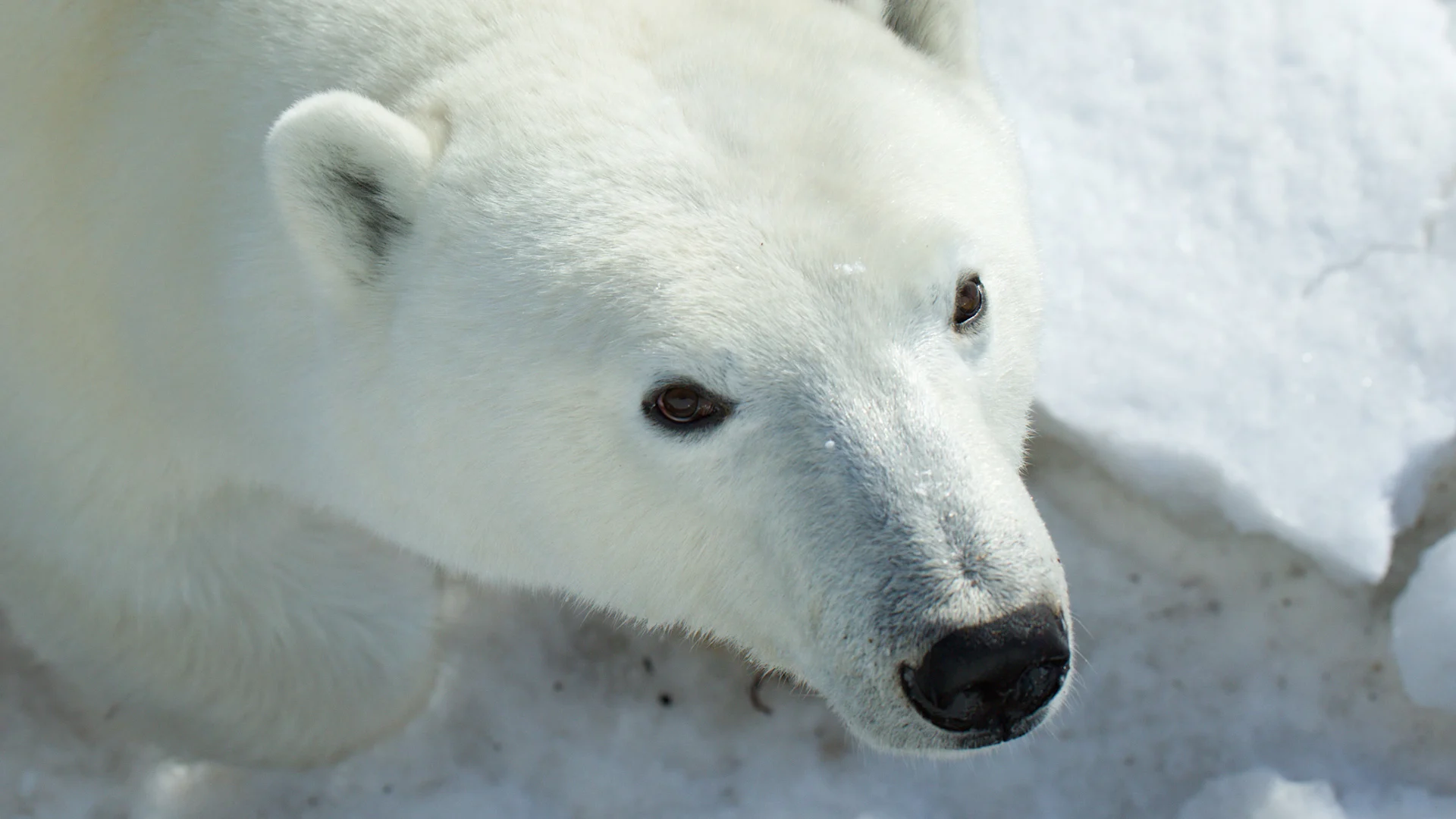
Hudson Bay’s iconic polar bears at risk of extinction in coming years: study
Polar bears could go extinct in Hudson Bay due to the impacts of climate change
You can hear the alarm in researcher Julienne Stroeve’s voice, as she speaks on the fate of the Hudson Bay's iconic polar bears.
"We hear about extinction of smaller species all the time, but this is a big apex predator that's going to go," said Stroeve, who is a professor at the University of Manitoba’s Centre for Earth Observation Science. "It’s really quite sad when you start to think about it."

The at-risk subpopulations include those that live around Churchill, Manitoba | Alex Crawford and KT Miller, Polar Bears International
Stroeve is the lead author on a newly published report that suggests Hudson Bay’s polar bear subpopulations could go extinct in the coming years if atmospheric warming trends continue.
In northern environments, high-calorie diets are crucial for survival, and polar bears are dependent on the fat gained from eating seals.
Knowing polar bears lose about 2 kg of body weight each day they don’t eat, Stroeve and her international team of biologists and climate scientists went about studying sea ice trends on the basis that an adult male polar bear becomes at risk of being unable to sustain itself when facing 180-200 days per year without adequate sea ice to hunt seals from.
What the team found with a novel study that considered sea ice thickness in addition to overall coverage, is alarming.
South Hudson Bay, home to around 1000 polar bears, could be without enough adequately thick sea ice for bear survival at warming of 1.6°C to 2.1°C above pre-industrial levels.
The west Hudson Bay environment, home to Churchill's polar bears and around 1180 in total, could become unsuitable for polar bears at warming of 2.2°C or 2.6°C.
"If the ice is there but it’s too thin, well that’s not really useful for the bears either," says Stroeve.

Polar bears are dependent on the fat gained from eating seals | Kt Miller, Polar Bears International
The Paris Agreement, a treaty declaring climate change goals signed by 196 parties in 2015, strives to limit warming to 1.5°C.
Recent data, though, says the 12 month period ending with May 2024, saw average temperatures 1.63°C above the pre-industrial average. Stroeve says we could see that sort of warming begin to become sustained by the 2030s.
So, she’s naturally skeptical that Paris Agreement goals can be reached, or even neared.
"They’re really wanting 1.5, which I think is completely unrealistic at this point. They're still hopeful for the two, but that won’t happen unless something drastically changes," she says.
"There’s a lot of papers that have looked at ‘what is the warming we will go through given what every country’s agreed to already?’ That’s 2.7°C, and that, if those countries go through with what they say they're going to do."
RELATED: World hits streak of record temperatures as UN warns of 'climate hell'
Broadly, the new report predicts localized polar bear extinction between the 2030s and 2060s if Paris Agreement targets aren't hit.
But, it’s not just the bears of Hudson Bay that are at risk.
Stroeve says models suggest all of the Arctic Ocean will be sea ice-free by the middle of the century. The fates of Hudson Bay's two sub-populations, which are the world’s most southernmost, are considered indicators of how the planet's other 17 subpopulations will fare in the future.
Potential ecological, cultural and economic consequences await.
SEE ALSO: Canada's Hudson Bay polar bear population plummets as Arctic warms
Conservation non-profit Polar Bears International helped organize the study.
Research & Policy Senior Director, Geoff York said, the "loss of polar bears is signaling we're seeing systemic-level change."
"This has been coined the ‘Atlantification of the Arctic.' We're seeing this shift from arctic species like polar bears and ice seals to more Atlantic species like orcas and harbour seals. Will we still see things in Hudson Bay? Absolutely. Will it be forever changed? Absolutely."
Indigenous communities in the north have relied on the sea ice ecosystem for food and livelihood for thousands of years, York adds, and he says warming will impact more than polar bears.
"We're talking about ice seals, which build dens on sea ice, changes to snowfall, critical infrastructure like ice roads. There's effects that will be felt well beyond polar bears."
Meanwhile, communities like Churchill, Manitoba are supported by polar bear tourism.
"One of our hopes in doing this study is building into the detail and adding support for what’s been forecast for the arctic," York said.
"This paper is highlighting that and hoping to get that message back in front of policy makers, decision makers and business leaders around the world. There will be impacts if we don’t act appropriately and try to meet the Paris Climate Agreement."
WATCH: Polar bear radar using AI to keep Churchill residents safe
Thumbnail image courtesy: Polar Bears International










